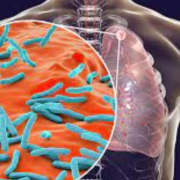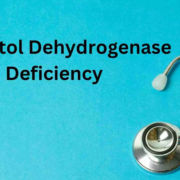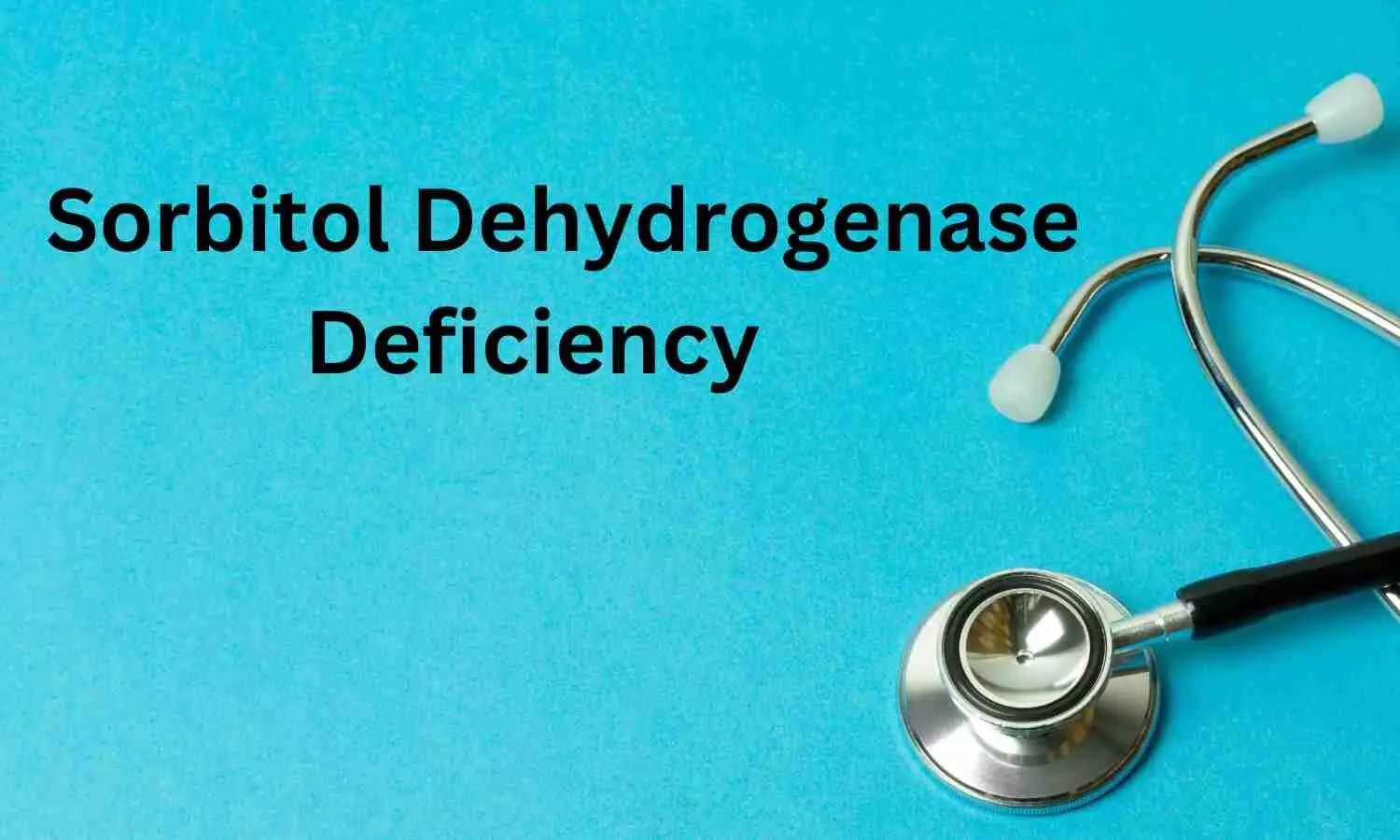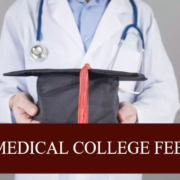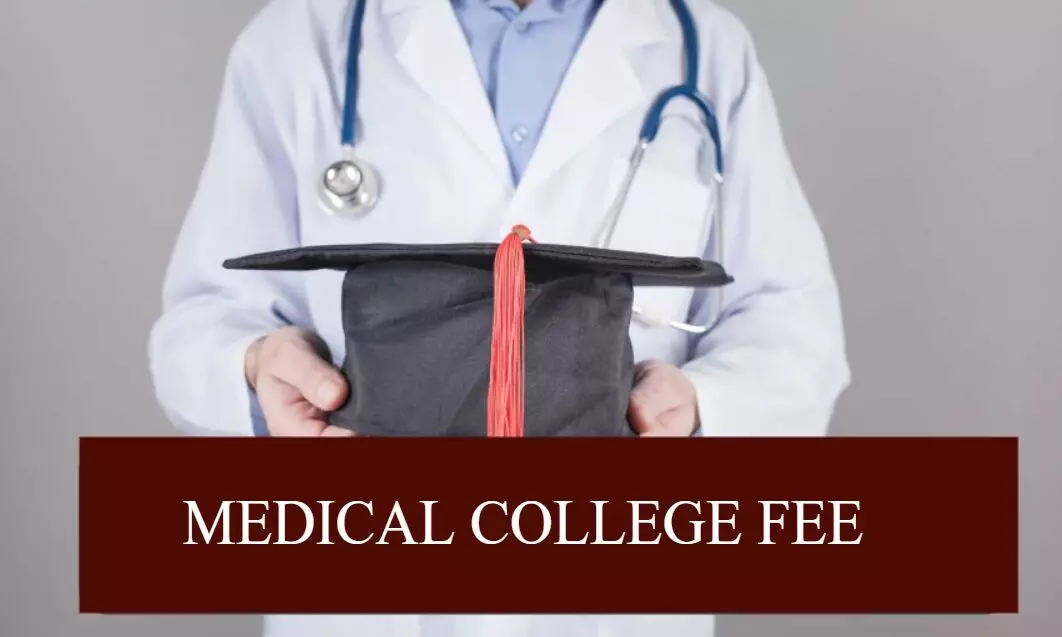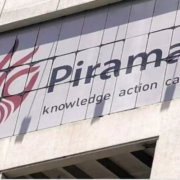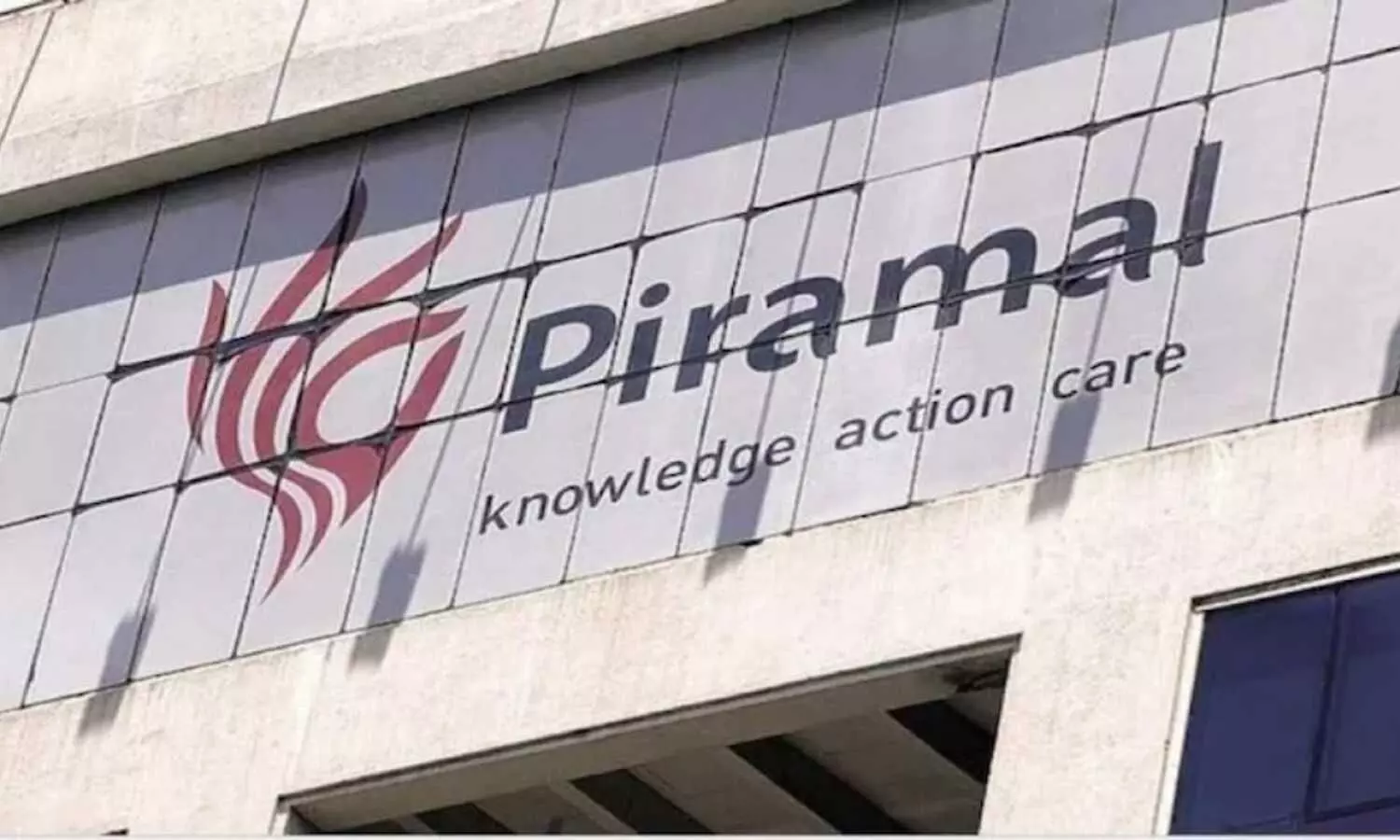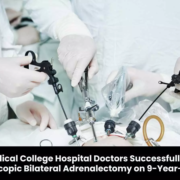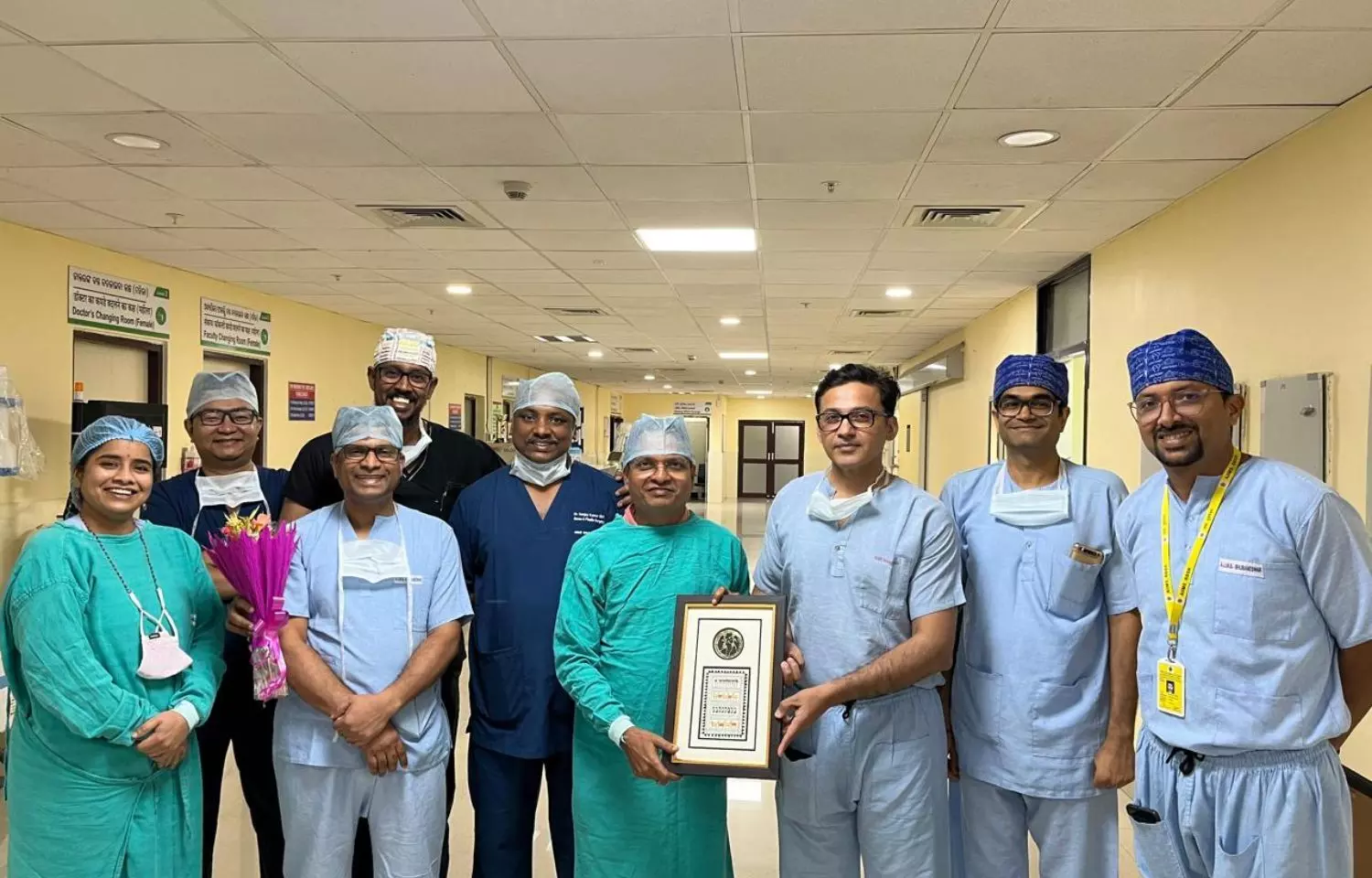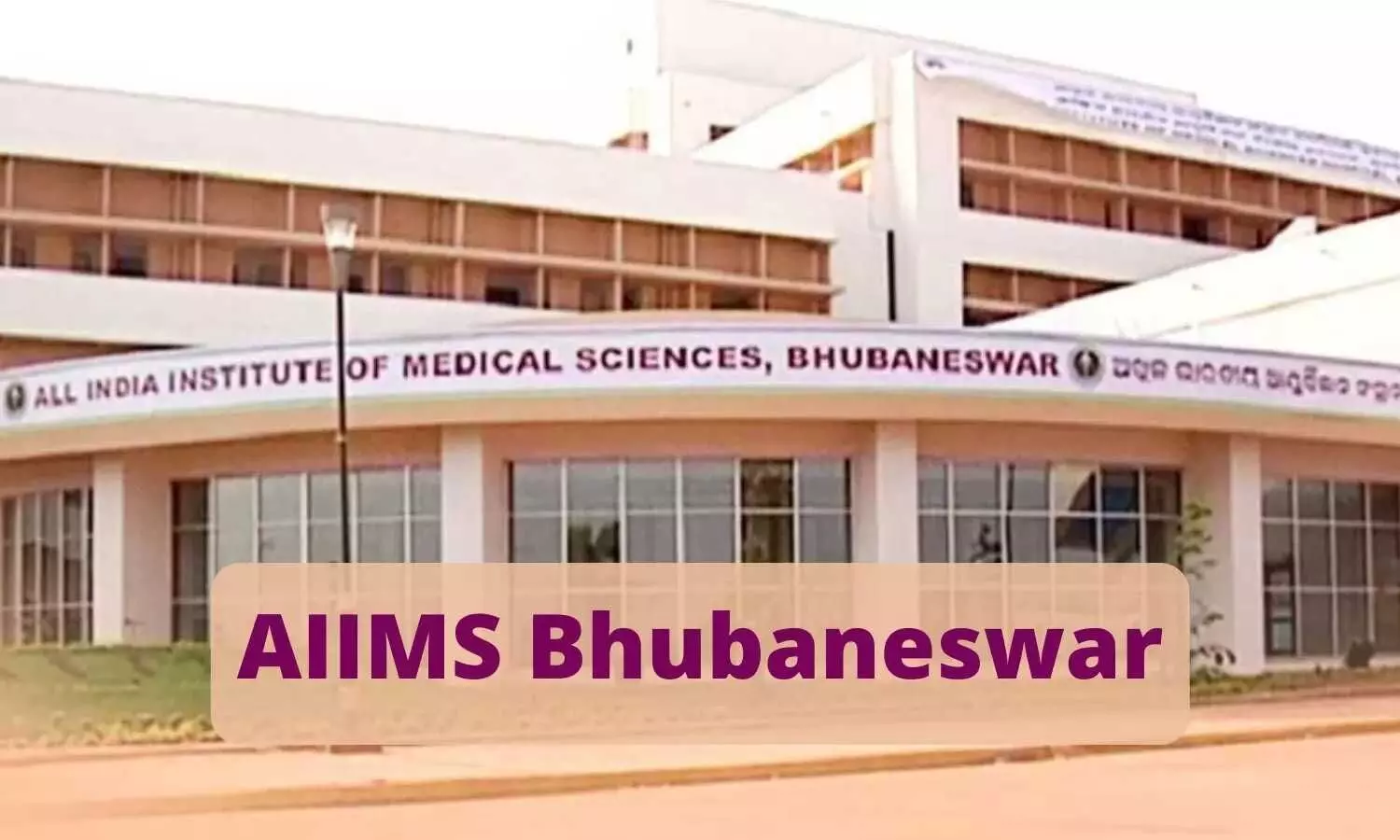Culture conversion among cavitary Mycobacterium avium pulmonary disease patients tied to lower mortality: Study
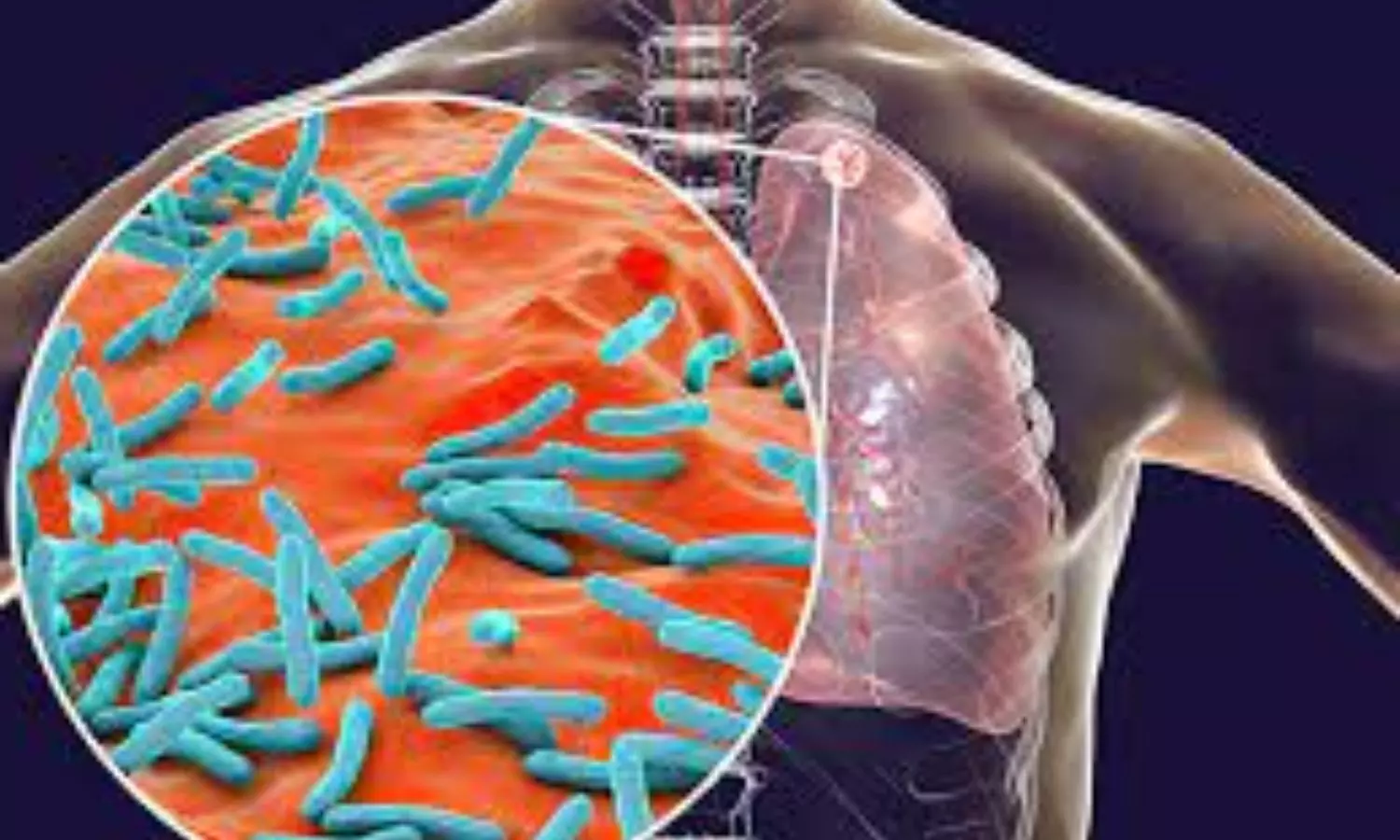
Mycobacterium avium complex pulmonary disease (MAC-PD) with cavitary lesions presents a significant challenge in clinical management, with uncertain outcomes. Understanding the impact of treatment response on mortality is crucial for optimizing patient care. A recent study aimed to investigate whether achieving sputum culture conversion is associated with improved prognosis in patients with cavitary MAC-PD. This study was published in the Chest Journal. The study was conducted by Ju Kwang Lee and colleagues.
MAC-PD, particularly in the presence of cavitary lesions, poses therapeutic challenges due to its chronicity and potential for disease progression. Treatment typically involves prolonged antibiotic regimens, yet the association between treatment response and mortality remains unclear. This study aimed to fill this gap by assessing the impact of culture conversion on mortality in patients with cavitary MAC-PD.
The retrospective cohort study included 351 patients with cavitary MAC-PD treated at a tertiary referral center in Korea from 2002 to 2020. Patients were treated with a macrolide-containing regimen for at least six months. All-cause mortality during the follow-up period was analyzed based on sputum culture conversion at the completion of treatment.
The key findings of the study were as follows:
-
Of the 351 patients, 69.8% achieved culture conversion, while 30.2% did not.
-
Patients with culture conversion had significantly lower all-cause mortality compared to those without (5.3% vs. 35.8%, respectively; p < 0.001).
-
The 5-year cumulative mortality was 20.0% in patients with culture conversion, compared to 38.4% in those without.
-
Cox analysis revealed that lack of culture conversion was significantly associated with higher mortality (adjusted hazard ratio: 5.73; 95% CI: 2.86-11.50).
-
A 2-year landmark analysis further emphasized the distinct impact of treatment outcome on mortality.
The study highlights a clear association between culture conversion and reduced mortality in patients with cavitary MAC-PD. Patients who achieved culture conversion had markedly lower mortality rates compared to those who did not. These findings underscore the importance of monitoring treatment response and optimizing therapeutic strategies to improve outcomes in this challenging patient population.
Achieving sputum culture conversion in patients with cavitary MAC-PD is associated with significantly lower mortality rates. This emphasizes the importance of effective treatment strategies aimed at achieving culture conversion to improve patient outcomes in this high-risk population.
Reference:
Lee, J. K., Kim, S., Chong, Y. P., Lee, H. J., Shim, T. S., & Jo, K.-W. (2024). The association between sputum culture conversion and mortality in cavitary Mycobacterium avium complex pulmonary disease. Chest. https://doi.org/10.1016/j.chest.2024.03.027
Powered by WPeMatico

